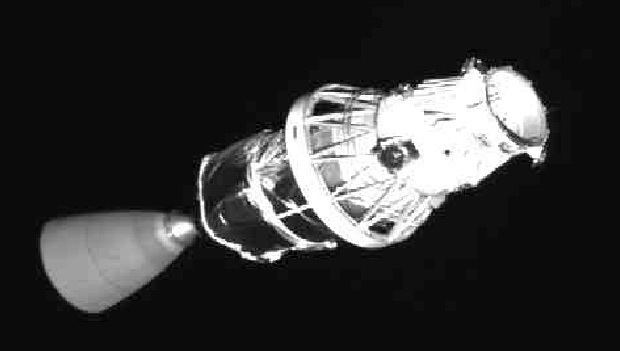Country of origin United States Diameter 2.4 meters (7.9 ft) | Height 5.9 meters (19 ft) | |
 | ||
Used on Delta 4000Delta 5000Delta II Gross mass 6,954 kilograms (15,331 lb) Propellant mass 6,004 kilograms (13,237 lb) Similar Transtage, Transfer Orbit Stage, RM‑81 Agena, Inertial Upper Stage, VLM | ||
The Delta-K is an American rocket stage, developed by McDonnell Douglas and Aerojet. It was first used on August 27, 1989 as the second stage for the Delta 4000 series. It has continued to serve as the second stage for subsequent variants of the Delta rocket. It is propelled by a single AJ10-118K rocket engine, fueled by Aerozine 50 and dinitrogen tetroxide, which are hypergolic.
The Delta-K has a long heritage to the first Able stage used in Project Vanguard. The AJ-10 engine was first used in the Able second stage of the Vanguard rocket, as the AJ10-118 configuration. It was initially fueled by nitric acid and UDMH. An AJ10 engine was first fired in flight during the third Vanguard launch, on 17 March 1958, which successfully placed the Vanguard 1 satellite into orbit.
As of 25 May 2008, 138 have been launched, and excluding one which was destroyed by the explosion of a lower stage, none have failed.
The Delta-K is still in use, currently as the second stage of the Delta II rocket.
